Enhanced Recovery for liver transplantation: recommendations from the 2022 International Liver Transplantation Society Consensus Conference
The ERAS4OLT.org collaborative partnered by the International Liver Transplantation Society performed systematic literature reviews on the effect of 32 relevant enhanced perioperative recovery elements on short-term outcomes.
Summary
There is much controversy regarding enhanced recovery for recipients of liver transplants from deceased and living donors. The objectives of this Review were to summarise current knowledge on individual enhanced recovery elements on short-term outcomes, identify key components for comprehensive pathways, and create internationally accepted guidelines on enhanced recovery for liver-transplant recipients.
The ERAS4OLT.org collaborative partnered by the International Liver Transplantation Society performed systematic literature reviews on the effect of 32 relevant enhanced perioperative recovery elements on short-term outcomes, and global specialists prepared expert statements on deceased and living donor liver transplantation. The Grading Recommendations, Assessment, Development and Evaluations approach was used for rating of quality of evidence and grading of recommendations.
A virtual international consensus conference was held in January, 2022, in which results were presented, voted on by the audience, and discussed by an independent international jury of eight members, applying the Danish model of consensus. 273 liver transplantation specialists from 30 countries prepared expert statements on elements of enhanced recovery for liver transplantation based on the systematic literature reviews. The consensus conference yielded 80 final recommendations, covering aspects of enhanced recovery for preoperative assessment and optimisation, intraoperative surgical and anaesthetic conduct, and postoperative management for the recipients of liver transplants from both deceased and living donors, and for the living donor. The recommendations represent a comprehensive overview of the relevant elements and areas of enhanced recovery for liver transplantation. These internationally established guidelines could direct the development of enhanced recovery programmes worldwide, allowing adjustments according to local resources and practices.
ILTS acknowledges the generous support of Gold Partner:









